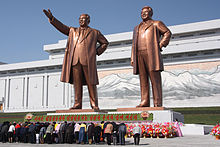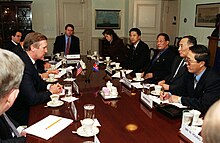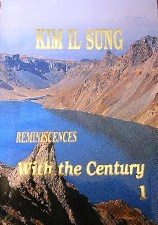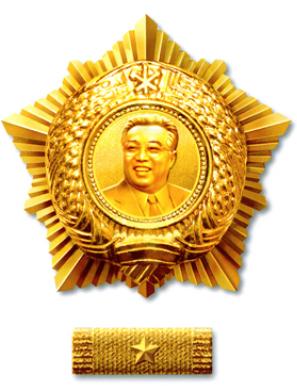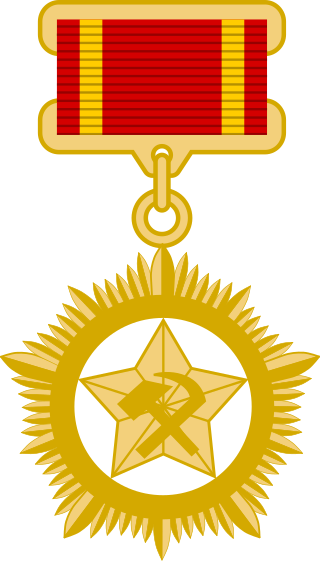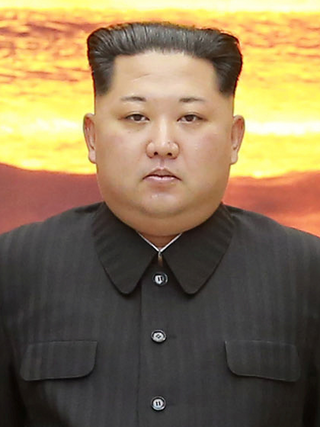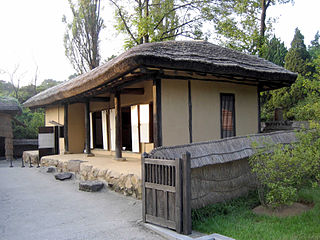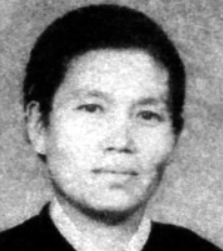A request that this article title be changed to Kim Jong Il is under discussion. Please do not move this article until the discussion is closed. |
Kim Jong-il | |
|---|---|
김정일 | |
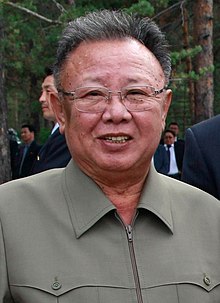 Kim in 2011 | |
| General Secretary of the Workers' Party of Korea | |
| In office 8 October 1997 –17 December 2011 | |
| Preceded by | Kim Il-sung |
| Succeeded by | Kim Jong-un (as First Secretary) |
| Chairman of the National Defence Commission | |
| In office 9 April 1993 –17 December 2011 | |
| First Vice Chairman | O Jin-u Jo Myong-rok |
| Vice Chairman | Choe Kwang Kim Il-chol Ri Yong-mu Yon Hyong-muk Kim Yong-chun O Kuk-ryol Jang Song-thaek |
| Preceded by | Kim Il-sung |
| Succeeded by | Kim Jong-un (as First Chairman) |
| Supreme Commander of the Korean People's Army | |
| In office 24 December 1991 –17 December 2011 | |
| Preceded by | Kim Il-sung |
| Succeeded by | Kim Jong-un |
| Personal details | |
| Born | Yuri Irsenovich Kim 16 February 1941 Primorsky Krai,Russian SFSR,Soviet Union (Soviet records) 16 February 1942 Baekdu Mountain,Korea (North Korean biography and records) [lower-alpha 1] |
| Died | 17 December 2011 (aged 70) Pyongyang,North Korea |
| Resting place | Kumsusan Palace of the Sun,Pyongyang,North Korea |
| Nationality | |
| Political party | Workers' Party of Korea |
| Spouses | |
| Domestic partners |
|
| Children |
|
| Parents |
|
| Relatives | Kim family |
| Education | Mangyongdae Revolutionary School |
| Alma mater | Kim Il-sung University |
| Signature | |
| Military service | |
| Allegiance | North Korea |
| Branch/service | Korean People's Army |
| Years of service | 1991–2011 |
| Rank | Taewonsu |
| Commands | Supreme Commander |
| Korean name | |
| Chosŏn'gŭl | |
| Hancha | |
| Revised Romanization | Gim Jeong(-)il |
| McCune–Reischauer | Kim Chŏngil |
Central institution membership
Other offices held
| |
Kim Jong-il [lower-alpha 2] ( /ˌkɪmdʒɒŋˈɪl/ ; [3] Korean : 김정일; Korean pronunciation: [kim.dzɔŋ.il] ; [lower-alpha 3] born Yuri Irsenovich Kim; [lower-alpha 4] 16 February 1941 – 17 December 2011) was a North Korean politician who was the second supreme leader of North Korea from 1994 to 2011. He led North Korea from the 1994 death of his father Kim Il-sung, the first Supreme Leader, until his own death in 2011, when he was succeeded by his son, Kim Jong-un.
Contents
- Early life
- Birth
- Education
- Ascension to power
- Initial career
- Heir apparent
- Leader of North Korea
- Economic policies
- Foreign relations
- Cult of personality
- Human rights record
- Health and rumors of waning power
- 2008 reports
- Successor
- Re-election as leader
- 2010 and 2011 foreign visits
- Late 2011
- Death
- Personal life
- Family
- Personality
- Finances
- Official titles
- Published works
- See also
- Notes
- References
- Citations
- Sources
- Further reading
- External links
In the early 1980s, Kim had become the heir apparent for the leadership of the Democratic People's Republic of Korea (DPRK) and assumed important posts in the party and army organs. Kim succeeded his father and DPRK founder Kim Il-sung, following the elder Kim's death in 1994. Kim was the General Secretary of the Workers' Party of Korea (WPK), WPK Presidium, Chairman of the National Defence Commission (NDC) of North Korea and the Supreme Commander of the Korean People's Army (KPA), the fourth-largest standing army in the world.
Kim ruled North Korea as a repressive and totalitarian dictatorship. [lower-alpha 5] Kim assumed leadership during a period of catastrophic economic crisis amidst the dissolution of the Soviet Union, on which it was heavily dependent for trade in food and other supplies, which brought a famine. While the famine had ended by the late 1990s, food scarcity continued to be a problem throughout his tenure. Kim strengthened the role of the military by his Songun ("military-first") policies, making the army the central organizer of civil society. Kim's rule also saw tentative economic reforms, including the opening of the Kaesong Industrial Park in 2003. In April 2009, North Korea's constitution was amended to refer to him and his successors as the "supreme leader of the DPRK".
The most common colloquial title given to Kim during his lifetime was "Dear Leader" to distinguish him from his father Kim Il-sung, the "Great Leader". Following Kim's failure to appear at important public events in 2008, foreign observers assumed that Kim had either fallen seriously ill or died. On 19 December 2011, the North Korean government announced that he had died two days earlier, whereupon his third son, Kim Jong-un, was promoted to a senior position in the ruling WPK and succeeded him. After his death, Kim was designated the "Eternal General Secretary" of the WPK and the "Eternal Chairman of the National Defence Commission", in keeping with the tradition of establishing eternal posts for the dead members of the Kim family. North Korean media also began referring to Kim as "the General", similar to his father's posthumous designation as "the [eternal] President". [7]

